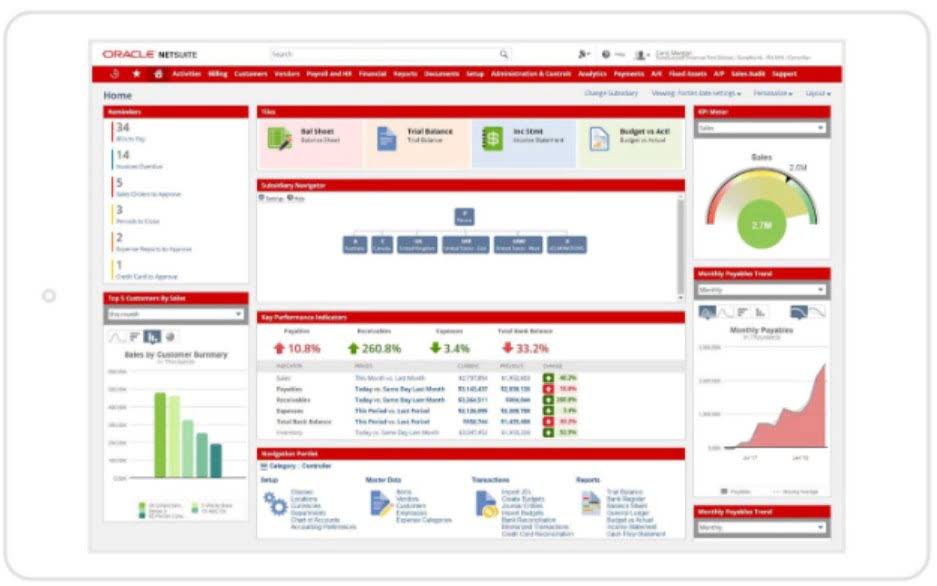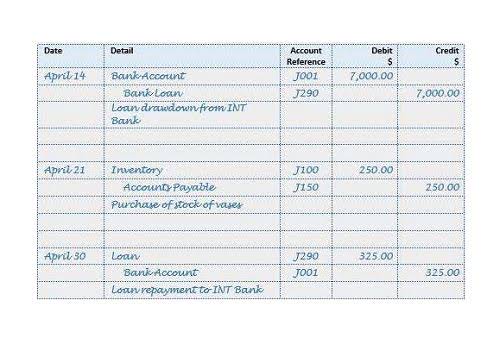How Do You Calculate Shareholders’ Equity?

An LBO is one of the most common types of private equity https://dworekemilii.pl/2023/08/11/do-i-need-a-personal-accountant/ financing and might occur as a company matures. Total Equity is crucial because it provides insight into the financial structure and stability of a company. It reflects the owners’ claim after all debts have been paid, showing how much value is left for shareholders. It is also an important metric for investors when assessing the long-term sustainability of a company.
Shareholders Equity Calculation Example

Investing in equity ownership is riskier than investing in other financial instruments. Any loss encountered by the firm is directly reflected in the shareholders’ earnings. An asset is a resource that can provide current or future economic benefit to the organization who owns or controls the asset. Assets are reported on a company’s balance sheet and comprises various asset types such as intangible assets, financial assets, fixed assets and current assets. If a company’s shareholder equity remains negative, it is considered to be in balance sheet insolvency.
What Is Included in Total Equity?
It is obtained by taking the net income of the business divided by the shareholders’ equity. Net income is the total revenue minus expenses and taxes that a company generates during a specific period. If negative equity is prolonged, the result is balance sheet insolvency.
When To Use The Common Equity Formula

From the viewpoint of shareholders, treasury stock is a discretionary decision made by management to indirectly compensate equity holders. Otherwise, an alternative approach to calculating shareholders’ equity is to add up the following line items, which we’ll explain in more detail soon. Under a hypothetical liquidation scenario in which all liabilities are cleared off its books, the residual value that remains reflects the concept of shareholders equity. Shareholders’ equity is, therefore, essentially the net worth of a corporation.
- If the total assets calculated equals the sum of liabilities and equity then an organization has correctly gauged the value of all three key components.
- Company or shareholders’ equity often provides analysts and investors with a general idea of the company’s financial health and well-being.
- You’ll move from identifying the components on a balance sheet to applying the equity equation with confidence.
- The shareholder’s equity is dependent on the total equity of the company.
- Cash flows or the assets of the company being acquired usually secure the loan.
Mastering the equity accounting formula is paramount for ensuring accurate financial reporting and maintaining investor confidence. By understanding the key components of equity, such as total assets, total liabilities, and various equity adjustments, you can effectively assess a company’s financial health. The practical application of this formula, through systematic data gathering and adherence to accounting standards, allows for reliable calculations that reflect a company’s true worth. Total Equity represents the ownership interest of shareholders in the company, calculated as total assets minus total liabilities. It includes common stock, retained earnings, and additional paid-in capital. Calculating equity step-by-step guarantees you accurately determine a company’s net worth.
Asset Types and Their Impact
The major and often largest value assets of most companies are their total equity equation machinery, buildings, and property. Accounts receivable lists the amounts of money owed to the company by its customers for the sale of its products. Above is data for calculating the Shareholder’s equity of company SDF Ltd. The above given is the data for calculating the Shareholder’s equity of company PRQ Ltd. Regular equity adjustments help maintain transparency and accuracy, which are vital for regulatory adherence and investor trust.
- Different types of assets can have varying impacts on a company’s equity.
- Analysts and investors use this metric to determine if a company uses equity or investment cash to profit efficiently and effectively.
- During liquidation, it is the amount of assets received by the shareholder after paying off liabilities and debt.
- Company or shareholders’ equity is equal to a firm’s total assets minus its total liabilities.
- At some point, the amount of accumulated retained earnings can exceed the amount of equity capital contributed by stockholders.
- Maintaining consistent financial recordkeeping is vital for accurate financial reporting and informed decision-making.
If the same assumptions are applied for the next year, the end-of-period shareholders equity balance in 2022 comes out to $700,000. The “Treasury Stock” line item refers to shares previously issued by the company that were later repurchased in the open market or directly from shareholders. Next, the “Retained Earnings” are the accumulated net profits (i.e. the unearned revenue “bottom line”) that the company holds onto as opposed to paying dividends to shareholders. The house has a current market value of $175,000, and the mortgage owed totals $100,000. Sam has $75,000 worth of equity in the home, or $175,000 (asset total) – $100,000 (liability total). Explore diverse stock ideas covering technology, healthcare, and commodities sectors.

Credit Risk Management

Conversely, business decline or financial challenges can have a negative impact on equity as it may result in reduced revenues, losses, and asset write-downs. The equity equation is important because it provides a clear and concise way to determine the value of a company’s equity. It helps in assessing the financial condition of a company and provides insights into its financial performance. By understanding the equity equation, stakeholders can make informed decisions about investing in or doing business with a company.